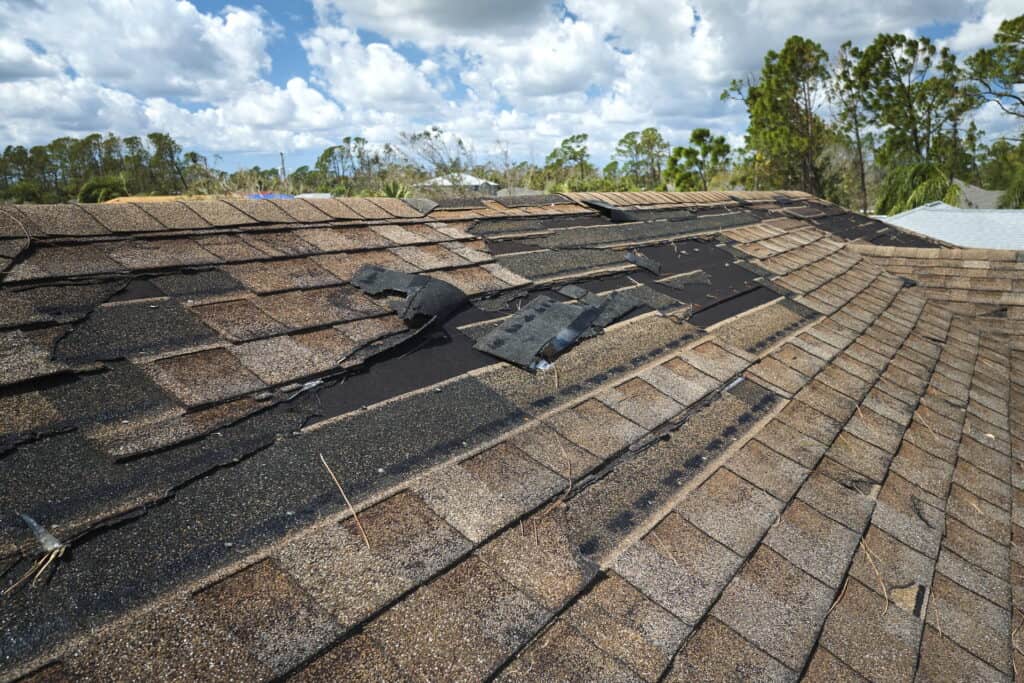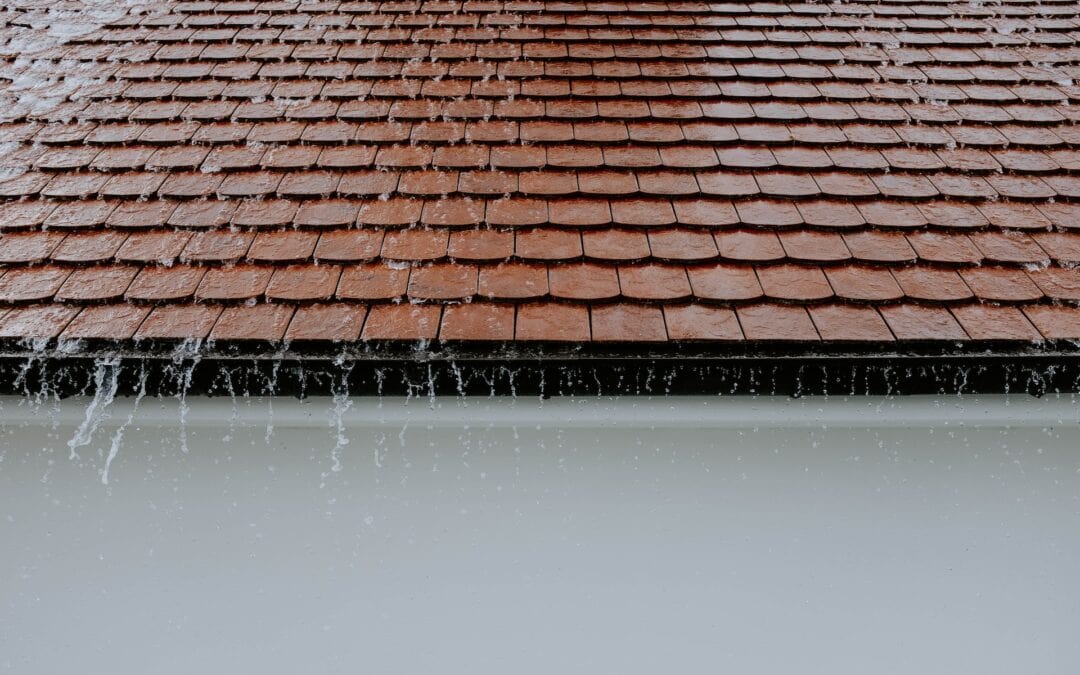Your roof protects everything underneath it. When things go wrong, the damage adds up fast. Warning signs that your roof needs urgent attention often show up slowly and quietly. By the time they’re obvious, you could already be dealing with rot, mold, or worse. This guide covers the most critical signs of roof damage so you can take action early and avoid steep repair bills.
1. Leaks and Water Stains
Nothing says “roof trouble” like water dripping from the ceiling. Even small stains on drywall or bubbling paint are a clue that water’s sneaking in. These signs usually point to failed flashing, cracked shingles, or missing sealant. Left alone, moisture works its way into insulation, wiring, and wooden framing.
- Look for brownish water rings on the ceiling or walls
- Check corners of rooms for peeling paint or mildew smells
- Even slow drips can lead to major mold problems
2. Missing or Damaged Shingles
Shingles are your roof’s first line of defense. Once they start cracking, curling, or disappearing, the rest of your roof is vulnerable. Missing shingles open the door for water intrusion, pests, and rapid deterioration of the underlayment.
- Inspect for bare patches or shingles that lift in the wind
- Gutters full of shingle granules mean the roof is aging fast
- Pay special attention after storms or strong winds
3. Sagging Spots or Dips
Flat roofs should be flat, and pitched roofs should maintain a clean slope. If you see dips or sagging spots, structural damage could be brewing underneath. This often signals that the decking or rafters are softening from water damage or rot.
- View your roof from a distance for uneven lines
- Use a level inside the attic to detect low spots
- Sagging may mean framing has weakened and needs repair
4. Unexplained Energy Bill Spikes
Rising energy bills can trace back to poor roof ventilation or damaged insulation caused by leaks. Your HVAC system may be working harder to balance indoor temps when your roof isn’t sealing in air like it should.
- Review bills from the same season last year for comparison
- Drafts, cold spots, or hot ceilings could signal roof problems
- Sealing roof leaks improves energy efficiency and comfort

5. Mold or Moisture Inside
Mold often grows silently behind walls or in the attic before it becomes visible. By the time you smell that musty odor, spores may already be spreading. Mold growth is commonly triggered by roof leaks or poor ventilation.
- Check attic wood for black spots, streaks, or damp insulation
- Use a flashlight to look behind HVAC ducts and stored items
- Musty smells in your home may mean it’s time for a roof inspection
6. Granules in Gutters
Asphalt shingles naturally shed some granules over time. But excessive granule loss is a warning that your shingles are breaking down. Gutters and downspouts act like an early alarm system when they’re full of gritty, sand-like debris.
- Look inside your gutters after a rainstorm or strong wind
- Granule buildup points to shingles nearing end of life
- Loss of granules reduces UV resistance and lifespan
7. Visible Structural Damage
Sometimes, the signs are obvious, splintered beams, cracked supports, or even daylight peeking into the attic. Structural roof damage can escalate quickly and is dangerous if ignored. This is when it’s time to call a pro immediately.
- Examine joints where roof sections meet for splitting wood
- Pay attention to support beams that look bowed or cracked
- Don’t delay, serious damage can lead to partial or full collapse

Key Takeaways: What to Watch For
- Ceiling stains and leaks usually mean moisture has breached the roof layers
- Damaged or missing shingles are a visible clue the roof’s protective layer is compromised
- Sagging spots may point to serious structural issues needing immediate repair
- Unusual energy usage could be tied to insulation and ventilation breakdowns
- Mold growth inside your home can often be traced back to roof leaks
FAQs
Q: What should I check first when inspecting my roof?
A: Begin with shingles, look for curling, missing patches, or dark streaks. Then inspect attic spaces for stains or damp insulation.
Q: How often should I have my roof inspected?
A: Twice a year is ideal, once in spring and once in fall. You should also inspect after any major storm or hail event.
Q: Is sagging always a sign of danger?
A: Yes. It often means the structure underneath has weakened, whether from water damage, rot, or framing failure. Get it evaluated right away.
Q: Can I fix granule loss or is it time to replace the shingles?
A: Heavy granule loss is a sign that shingles are at the end of their lifespan. Replacement is usually the best long-term solution.
Q: When should I bring in a roofing contractor?
A: If you notice more than one warning sign, call a professional immediately. Minor issues can often be patched, but structural damage demands expert attention.

